Hi All! Thanks for joining me today to look at the jetliner's history. The Jet era pretty much started from the 1950s after the world world 2 and since then they never look back and making air travel safer and faster.
When I put number of seats below the title, it is actually from different variants. e.g. Airbus A318 to A321 will have seats from 107 - 240. Range is the same case.
This is the first production commercial jet. It was introduced in 1952, but a year after 3 of the Comet 1 broke up in mid-air. All fleet were grounded and an extensive investigation were carried out. It was found that the broke-up was due to metal fatigue and stress around the “Squarish” designed windows plus the wrong installation method. Subsequently at Comets were redesigned with oval windows. The seating capacity were from 24 to 36 seats.
And the Comet 1A crashed on take-off due to nose angle too high and preventing the aircraft to accelerate. And because of this the authority introduced Vmu and Vr speed to prevent future disaster.
The Comet 2 were to succeed the Comet 1 with a larger pair of wings and oval windows which learnt from the disaster on Comet 1. It features Rolls-Royce (RR) Avon Turbojet engines, however the Comet 2 were mainly being used by the Royal Air Force instead of commercial aircraft.
In the same year as Comet (1958), Boeing introduced its first jetliner the Boeing 7 oh 7. It was a great success and dominating the 1960s because of it high seating capacity (140-219 seats) and its range (2,500-5,750nm).
It featured swept back wings and podded engines. Due to its swept wing design, the aircraft would easily go into “Dutch roll” and Boeing had created the yaw damper to reduce the undesirable movement. During that time, most of the pilot were transited from Propeller aircraft and hence they didn’t have the knowledge to counter dutch roll.
Extract from Wikipedia:
Boeing produced and delivered 1,011 airliners including the smaller 720 series; over 800 military versions were also produced. Ten Boeing 707s were in commercial service in July 2013.
The DC-8 (1958 May 30 first flight) was a strong contender during those times. It made Douglas a strong company and the DC-8 kept flying until the larger rival came which were the Boeing 747, DC-10 and Lockheed L1011 Tristar. There are still quite a number of DC-8 serving the cargo sector in the world. Seatings are around 100+ depends on variants.
The Boeing 727 (1963) was designed for the medium range and smaller city market. With that in mind, it had high-lift devices which allowed the aircraft to take-off and land in around 4000 ft runway. It featured a 3rd engine because they also wanted to comply with Extended-Twins Operations (ETOPS) which restricted any twin engines jet flying beyond 60 mins flight time from any airport.
It was also the jet aircraft pioneer to utilise Turbo-Fan Engine instead of Turbo-jet. At that time they had a choice between Royce-Rolls and Pratt & Whitney. The aircraft also equipped with a retractable tail-skid for over rotation protection.
Pic: This is a Boeing 737-200 cockpit
The Boeing 737 (1966) is one of the most successful short-haul commercial narrow body aircraft. It was designed to compliment the B727 on short and thin route (85-124 seats, range 1540nm) . During the intense competition from rival companies like DC-9 and Fokker. The Boeing 737 borrowed 60% of the design from the 727 to speed up the certification work. Major changes would be the wing mounted engines and the horizontal stabiliser being mounted on the fuselage instead of T-tail.
A year before 1968, Douglas Aircraft Company had merged with McDonnell Aircraft to form McDonnell Douglas (MD). McDonnell aircraft was perviouly responsible for producing military aircraft like the F4 Phantom II.
747 the Queen of the skies (1968). It all started with a request for proposal by the Military. The Boeing 747 was on of the candidate but later lost to the Lockheed C-5 Galaxy. But the 747 continue its designed and production to the booming air travel market.
Pan AM at that time requested Boeing to produce an aircraft which can carry twice the seats of the 707. With all these in mind the 747 was born.
McDonnell Douglas DC-10 (1968) - Was also part of the military contender for the heavy lifter. It turns out it fits the airline market as well since American Airlines was requesting a proposal for something smaller than the B747 but with similar range capability. It had also featured a 3rd engine to comply with ETOPS.(the 3rd engine enable the aircraft to fly beyond 60 mins flight time from any airport.)
It used the General Electric (GE) CF6 engine which was the first commercial aircraft using the CF6 engine.
Lockheed Tristar - known as "L-ten-eleven" (1968). It was originally designed with 2 engines but due to lack of trust for existing runway a 3rd engine were included. The engine was the major sales point as they used the Rolls Royce RB211 turbo fan 3 spools engine, also it was the first one to use carbon fibre turbine for light weight and fuel efficiency. Automation were heavily used in this aircraft, it was the first aircraft certified with Instrument Landing System (ILS) Category 3c auto land from FAA, which means it could land completely blind. Which is great for any destination with thick fog. It has built-in Inertia Navigation System (INS).
One interesting fact was RR went into financial trouble during the development of the RB211 engine and the UK govt. had stepped in to revive RR.
Seats: 220 - 361
Range: 2,620 - 4,700 nm
Variants: A300B4; A300-600R; A300-600F
Airbus A300 (1971) - The first aircraft from AIRBUS (A consortium company formed by EU) and the world first twin-engine wide body aircraft in that era. It all started when American Airlines request for a proposal to replace the B727, the 3 government UK, France, and Germany signed a MOU to produce a 300 seats Airbus A300. But UK were backed out by some issue leaving a local company to supply the wing. The design was later revised to 250 seats and renamed as A300B. To attract US customer, they had opted for the GE or P&W engines.
Seats: 92 - 128
Range: 3,900 nm
The Aerospatial and BAC created the Concorde (1965) Super Sonic Transport (92-128 seats). It was rather a design challenge than a profitable challenge. The Concorde could cruise at Mach 2.02 (Mach is a unit to represent the speed of sound, Mach 1 is the speed of sound and Mach 2.02 is 2.02 times of the speed of sound) between London-New York in less than 3.5 hours (Where by a normal flight took 8 hours). Featured a delta-wing to reduce drag during super sonic flight. It had 4 RR/Snecma Turbo-jet.
The Concorde consumed 4,800 gallon of fuel per hour, and generating great amount of heat while cruising at super sonic speed. It featured a droop nose for slow speed flight (Mainly take-off and landing to have a better visibility).
But with the high operating cost and the fatal flight of the Air France 4590 in year 2000, the successor - Airbus decided to cease the operation of the Concorde.
Boeing 767 (1965) was intended to replace the 707 and was the first wide body twin-jet to have more than 1000 units delivered. Initially was intended to design with 3 engines but with the AIRBUS A300B success it adapted twin-engine designed. It was the first airline with glass cockpit and 2 crew operation eliminating the flight engineer. (Yes they lost their job to computers)
Boeing 757 (1981) was intended to replace the B727 for narrow body short-range aircraft. It has 200 - 239 seats and it was designed with more fuel efficient and higher payload concept. It was the first aircraft to equip with Laser-gyro Inertia Reference System (IRS).
Airbus A320 (1986) - This is the most successful Airbus aircraft with more than 7000 units delivered. It was intended to compete with the Boeing 737 and the DC-9 for the narrow body market with seating capacity of 150 - 195 seats. It was the first commercial aircraft features full fly-by-wire (analogue input with computer interpretation of the input movement, the idea is to save weight and to have more precision) and using side stick input to replace the yoke. And the full glass cockpit layout were similar among the family (A318/A319/A320/A321) to facilitate pilot transition training.
Seats: 293-410
Range: 6,840 nm
Variants: MD-11; MD-11CF; MD-11F; MD-11C; MD-11ER
MD-11 (1988) was the product after DC-10. Fundamentally they were the same aircraft with many modification, refined the wings with winglets, stretched fuselage with new composite material, better performance engines. Digital Glass cockpit replace the flight engineer. However this aircraft was still short of performance required by the industry, therefore the sales of the aircraft was not doing well. McDonnell Douglas was facing intense pressure by both Boeing and Airbus at this time. in 1992 McDonnell Douglas revealed a plan to introduce a MD-12 which everyone believed it was only for PR purpose to disguise the financial problem they were facing.
Seats: 247-440
Range: 3,200 - 7,260 nm
Variants: A330-200; A330-200F; A330-300
Airbus A330 (1992) - was part of the intention to compete with B767 and designed together with the A340. It featured twin-engines and can fly 7,200 nm range. It had the same cockpit with A320, fly-by-wire, full glass cockpit, side-stick control.
Seats: 314 - 550
Range: 5,240 - 9,500 nm
Variants: 777-200; 777-200ER; 777-200LR; 777F; 777-300; 777-300ER; 777-8; 777-9
Boeing 777 (1993) - The replacement for the ageing DC-10 and L-1011. It was originally designed with 3 engines with the 767 as blueprint. But the airline partners were not impressed hence they had to start from scratch and produced the 777. It was Boeing first fly-by-wire aircraft and with computer aided design. It had awarded with 180 minutes of ETOPS with P&W engine, the first in airliner. It is still holding the world record of the longest non-stop flight from HK to London east bound - 22 hours 42 minutes. The long, swept back and tapered wing of the 777 eliminates the needs of winglets.
Seats: 544 - 853
Range: 5,600 - 8,200 nm
Variants: A380-800; A380F
A380 (2005) - is a true double decker airliner designed by AIRBUS. It is intended to replace the Boeing 747. Its designed shows the capability of the aircraft of slow flight, take-off and landing performance.
One incident of the Qantas A380 had engine failure during climb. Another one having air leakage through a failing door. Nevertheless this is still a great aircraft but personally I don’t like to be a economic class passengers as the embarkation and disembarkation process were too slow.
Seats: 242- 420
Range: 6,430 -7,635 nm
Variants: 787-8; 787-9; 787-10
B787 (2007) - The is the Boeing answered to Airbus A330. It is the first aircraft designed with full one piece composite barrel fuselage. It claims that it can reduce 20% fuel burn due to the heavy usage of composite materials.
During the production phase Boeing had a hard time trimming the over-weight aircraft and causing massive delay in delivery. There were few major problem after the first aircraft in operation. The battery problem ground the flight for months. And currently they operators are facing dispatch reliability issue.
I had flew with it many times, I felt the fuselage is very strong and the chroma window was impressive. Other than that I still prefer the Boeing 777 cabin as that is wider.
Seats: 280 - 440
Range: 7,750 - 8,700 nm
Variants: A350-800; A350-900; A350-1000
The up and coming A350 XWB - Extra Wide Body (2015). It is positioned to replace the A330 and A340 and competing with the B787. At first it was merely a refresh designed from the A330 but the feedback from the airlines were poor. Therefore they have redesigned the aircraft totally and came out the A350XWB.
Airbus will bring in the A350 with 350 minutes of ETOPS when Entry-into-service. It is planned to delivery the first one on 15 Jan 2015 to Qatar Airways and first commercial flight was scheduled in Jan 2015.
When I put number of seats below the title, it is actually from different variants. e.g. Airbus A318 to A321 will have seats from 107 - 240. Range is the same case.
DH106 - Comet 1
Seats: 36 - 44
Range: 1,300 nm
This is the first production commercial jet. It was introduced in 1952, but a year after 3 of the Comet 1 broke up in mid-air. All fleet were grounded and an extensive investigation were carried out. It was found that the broke-up was due to metal fatigue and stress around the “Squarish” designed windows plus the wrong installation method. Subsequently at Comets were redesigned with oval windows. The seating capacity were from 24 to 36 seats.
And the Comet 1A crashed on take-off due to nose angle too high and preventing the aircraft to accelerate. And because of this the authority introduced Vmu and Vr speed to prevent future disaster.
Comet 2
Seats: 36 - 44
Range: 2,300 nm
The Comet 2 were to succeed the Comet 1 with a larger pair of wings and oval windows which learnt from the disaster on Comet 1. It features Rolls-Royce (RR) Avon Turbojet engines, however the Comet 2 were mainly being used by the Royal Air Force instead of commercial aircraft.
Comet 3
Seats: 58 - 76
Range: 2,300 nm
The Comet 3 was mainly a prototype for the Comet 4. It featured the pylon tank to extend the range and a stretched fuselage. It could not be fully pressurised due to technical issue.
Comet 4
Seats: 56 - 81
Range: 2,802 nm
This photo is very precious as three of them are no longer operational. (Kai Tek Airport & Comet 4 & Malaysia-Singapore Airlines.)
Comet 4 - A great improvement over Comet 1 which now could carry up to 81 passengers and could travelled 2,800 nm.(Approx. Singapore to Tokyo without wind). The range and capacity increased mainly was due to a more powerful RR Avon engine and a extra fuel tank.
Boeing 707
Seats: 104 - 219
Range: 2,300 - 3,735
Variants: 707-120; 707-320; 707-120B; 707-320B
Variants: 707-120; 707-320; 707-120B; 707-320B
In the same year as Comet (1958), Boeing introduced its first jetliner the Boeing 7 oh 7. It was a great success and dominating the 1960s because of it high seating capacity (140-219 seats) and its range (2,500-5,750nm).
It featured swept back wings and podded engines. Due to its swept wing design, the aircraft would easily go into “Dutch roll” and Boeing had created the yaw damper to reduce the undesirable movement. During that time, most of the pilot were transited from Propeller aircraft and hence they didn’t have the knowledge to counter dutch roll.
Extract from Wikipedia:
Boeing produced and delivered 1,011 airliners including the smaller 720 series; over 800 military versions were also produced. Ten Boeing 707s were in commercial service in July 2013.
DC-8
Seats: 120 - 219
Range: 3,760 - 5,855 nm
Variants: DC-8-10; DC-8-20; DC-8-30; DC-8-40; DC-8-50; DC-8F
Variants: DC-8-10; DC-8-20; DC-8-30; DC-8-40; DC-8-50; DC-8F
Convair 880
Seats: 110
Range: 2,943 nm
Variants: 880 Model 22; 880 Model 22-M
Variants: 880 Model 22; 880 Model 22-M
This is the only commercial jet manufacture by General Dynamic. in 1959. It was designed to compete with Boeing 707 and the DC-8 by being smaller and faster. However this strategy didn't work as they only managed to sell 65 units from 1959 - 1962, which resulted a lost of 185 millions. And General Dynamic was disappeared in commercial aviation after the losses.
In this particular year, the company de Havilland became the member of the Hawker Siddeley group and today it is part of the BAE System. The identity of de Havilland was gone.
Boeing 727
Seats: 131 - 189
Range: 1,700 - 2,600 nm
Variants: 727-100; 727-200; 727-200 Advanced
Variants: 727-100; 727-200; 727-200 Advanced
It was also the jet aircraft pioneer to utilise Turbo-Fan Engine instead of Turbo-jet. At that time they had a choice between Royce-Rolls and Pratt & Whitney. The aircraft also equipped with a retractable tail-skid for over rotation protection.
Boeing 737
Seats: 85 - 188
Range: 1,540 - 5,510 nm
Variants: 737-100; 737-200; 737-200 Advanced; 737 Classic (-300/-400/-500); 737NG (-600/-700/-800/-900ER)
A year before 1968, Douglas Aircraft Company had merged with McDonnell Aircraft to form McDonnell Douglas (MD). McDonnell aircraft was perviouly responsible for producing military aircraft like the F4 Phantom II.
Boeing 747
Seats: 366 - 605
Range: 5,300 - 8,000 nm
Variants: 747-100B; 747-200B; 747-300; 747-400; 747-400ER; 747-8
Variants: 747-100B; 747-200B; 747-300; 747-400; 747-400ER; 747-8
747 the Queen of the skies (1968). It all started with a request for proposal by the Military. The Boeing 747 was on of the candidate but later lost to the Lockheed C-5 Galaxy. But the 747 continue its designed and production to the booming air travel market.
Pan AM at that time requested Boeing to produce an aircraft which can carry twice the seats of the 707. With all these in mind the 747 was born.
DC-10
Seats: 255 - 380
Range: 3,800 - 6,600 nm
Variants: DC-10-10; DC-10-15; DC-10-30; DC-10-40
Variants: DC-10-10; DC-10-15; DC-10-30; DC-10-40
McDonnell Douglas DC-10 (1968) - Was also part of the military contender for the heavy lifter. It turns out it fits the airline market as well since American Airlines was requesting a proposal for something smaller than the B747 but with similar range capability. It had also featured a 3rd engine to comply with ETOPS.(the 3rd engine enable the aircraft to fly beyond 60 mins flight time from any airport.)
It used the General Electric (GE) CF6 engine which was the first commercial aircraft using the CF6 engine.
Lockheed - L1011
Seats: 256 - 400
Range: 2,680 - 5,345 nm
Variants: L-1011-1; L-1011-200; L-1011-500
Variants: L-1011-1; L-1011-200; L-1011-500
Lockheed Tristar - known as "L-ten-eleven" (1968). It was originally designed with 2 engines but due to lack of trust for existing runway a 3rd engine were included. The engine was the major sales point as they used the Rolls Royce RB211 turbo fan 3 spools engine, also it was the first one to use carbon fibre turbine for light weight and fuel efficiency. Automation were heavily used in this aircraft, it was the first aircraft certified with Instrument Landing System (ILS) Category 3c auto land from FAA, which means it could land completely blind. Which is great for any destination with thick fog. It has built-in Inertia Navigation System (INS).
One interesting fact was RR went into financial trouble during the development of the RB211 engine and the UK govt. had stepped in to revive RR.
Airbus A300
Seats: 220 - 361Range: 2,620 - 4,700 nm
Variants: A300B4; A300-600R; A300-600F
Airbus A300 (1971) - The first aircraft from AIRBUS (A consortium company formed by EU) and the world first twin-engine wide body aircraft in that era. It all started when American Airlines request for a proposal to replace the B727, the 3 government UK, France, and Germany signed a MOU to produce a 300 seats Airbus A300. But UK were backed out by some issue leaving a local company to supply the wing. The design was later revised to 250 seats and renamed as A300B. To attract US customer, they had opted for the GE or P&W engines.
The Concorde
Seats: 92 - 128Range: 3,900 nm
Notice the nose is lowered for better ground visibility during take-off and landing.
All buttons and dials. Steam gauges!
The Concorde consumed 4,800 gallon of fuel per hour, and generating great amount of heat while cruising at super sonic speed. It featured a droop nose for slow speed flight (Mainly take-off and landing to have a better visibility).
But with the high operating cost and the fatal flight of the Air France 4590 in year 2000, the successor - Airbus decided to cease the operation of the Concorde.
Boeing 767
Seats: 181 - 375
Range: 3,255 - 6,385 nm
Variants: 767-200; 767-200ER; 767-300; 767-300ER; 767-300F; 767-400ER
Variants: 767-200; 767-200ER; 767-300; 767-300ER; 767-300F; 767-400ER
First airliner with Glass Cockpit
Boeing 757
Seats: 200 - 295
Range: 3,150 - 4,100nm
Variants: 757-200; 757-200PF; 757-300
Variants: 757-200; 757-200PF; 757-300
Boeing 757 (1981) was intended to replace the B727 for narrow body short-range aircraft. It has 200 - 239 seats and it was designed with more fuel efficient and higher payload concept. It was the first aircraft to equip with Laser-gyro Inertia Reference System (IRS).
Airbus A320
Seats: 107 - 240
Range: 3,100 - 5,600 nm
Variants: A318-100; A319-100; A319LR; A319CJ; A320-200; A321-200
Variants: A318-100; A319-100; A319LR; A319CJ; A320-200; A321-200
A321 Cockpit is very similar to the rest of the family's cockpit
MD-11
Seats: 293-410Range: 6,840 nm
Variants: MD-11; MD-11CF; MD-11F; MD-11C; MD-11ER
Nice Cockpit, and they have "Bitchy Betty" on-board.
MD-11 (1988) was the product after DC-10. Fundamentally they were the same aircraft with many modification, refined the wings with winglets, stretched fuselage with new composite material, better performance engines. Digital Glass cockpit replace the flight engineer. However this aircraft was still short of performance required by the industry, therefore the sales of the aircraft was not doing well. McDonnell Douglas was facing intense pressure by both Boeing and Airbus at this time. in 1992 McDonnell Douglas revealed a plan to introduce a MD-12 which everyone believed it was only for PR purpose to disguise the financial problem they were facing.
Only if this is true...
Airbus A340
Seats: 261 - 475
Range: 6,700 - 9,000 nm
Variants: A340-200; A340-300; A340-500; A340-600
A340-600 cockpit
Airbus A340 family (1991) - It was designed to compete with the Boeing wide body. The designed philosophy was to adapt from the A320 cockpit, fly-by-wire, side-stick control and modular units for easy maintenance.
It held 6 world records during one of the demo flight, it flew non-stop from Paris to Auckland and from Auckland to Paris completing one great circle with 48 hours and 22 minutes.
Airbus A330
Seats: 247-440Range: 3,200 - 7,260 nm
Variants: A330-200; A330-200F; A330-300
Airbus A330 (1992) - was part of the intention to compete with B767 and designed together with the A340. It featured twin-engines and can fly 7,200 nm range. It had the same cockpit with A320, fly-by-wire, full glass cockpit, side-stick control.
Boeing 777
Seats: 314 - 550Range: 5,240 - 9,500 nm
Variants: 777-200; 777-200ER; 777-200LR; 777F; 777-300; 777-300ER; 777-8; 777-9
Boeing 777-200 ER
Modern Cockpit
Boeing 777 (1993) - The replacement for the ageing DC-10 and L-1011. It was originally designed with 3 engines with the 767 as blueprint. But the airline partners were not impressed hence they had to start from scratch and produced the 777. It was Boeing first fly-by-wire aircraft and with computer aided design. It had awarded with 180 minutes of ETOPS with P&W engine, the first in airliner. It is still holding the world record of the longest non-stop flight from HK to London east bound - 22 hours 42 minutes. The long, swept back and tapered wing of the 777 eliminates the needs of winglets.
Airbus A380
Seats: 544 - 853Range: 5,600 - 8,200 nm
Variants: A380-800; A380F
Airbus A380-800
Flight Deck
One incident of the Qantas A380 had engine failure during climb. Another one having air leakage through a failing door. Nevertheless this is still a great aircraft but personally I don’t like to be a economic class passengers as the embarkation and disembarkation process were too slow.
Boeing 787
Seats: 242- 420Range: 6,430 -7,635 nm
Variants: 787-8; 787-9; 787-10
Boeing 787 - Dreamliner
Advanced cockpit with Head-up-display (HUD)
During the production phase Boeing had a hard time trimming the over-weight aircraft and causing massive delay in delivery. There were few major problem after the first aircraft in operation. The battery problem ground the flight for months. And currently they operators are facing dispatch reliability issue.
I had flew with it many times, I felt the fuselage is very strong and the chroma window was impressive. Other than that I still prefer the Boeing 777 cabin as that is wider.
Airbus A350 XWB
Seats: 280 - 440Range: 7,750 - 8,700 nm
Variants: A350-800; A350-900; A350-1000
A350-900 in Qatar Airways Livery
Cockpit of the A350
The up and coming A350 XWB - Extra Wide Body (2015). It is positioned to replace the A330 and A340 and competing with the B787. At first it was merely a refresh designed from the A330 but the feedback from the airlines were poor. Therefore they have redesigned the aircraft totally and came out the A350XWB.
Airbus will bring in the A350 with 350 minutes of ETOPS when Entry-into-service. It is planned to delivery the first one on 15 Jan 2015 to Qatar Airways and first commercial flight was scheduled in Jan 2015.
_(7167589544).jpg)



_Cockpit.jpg)






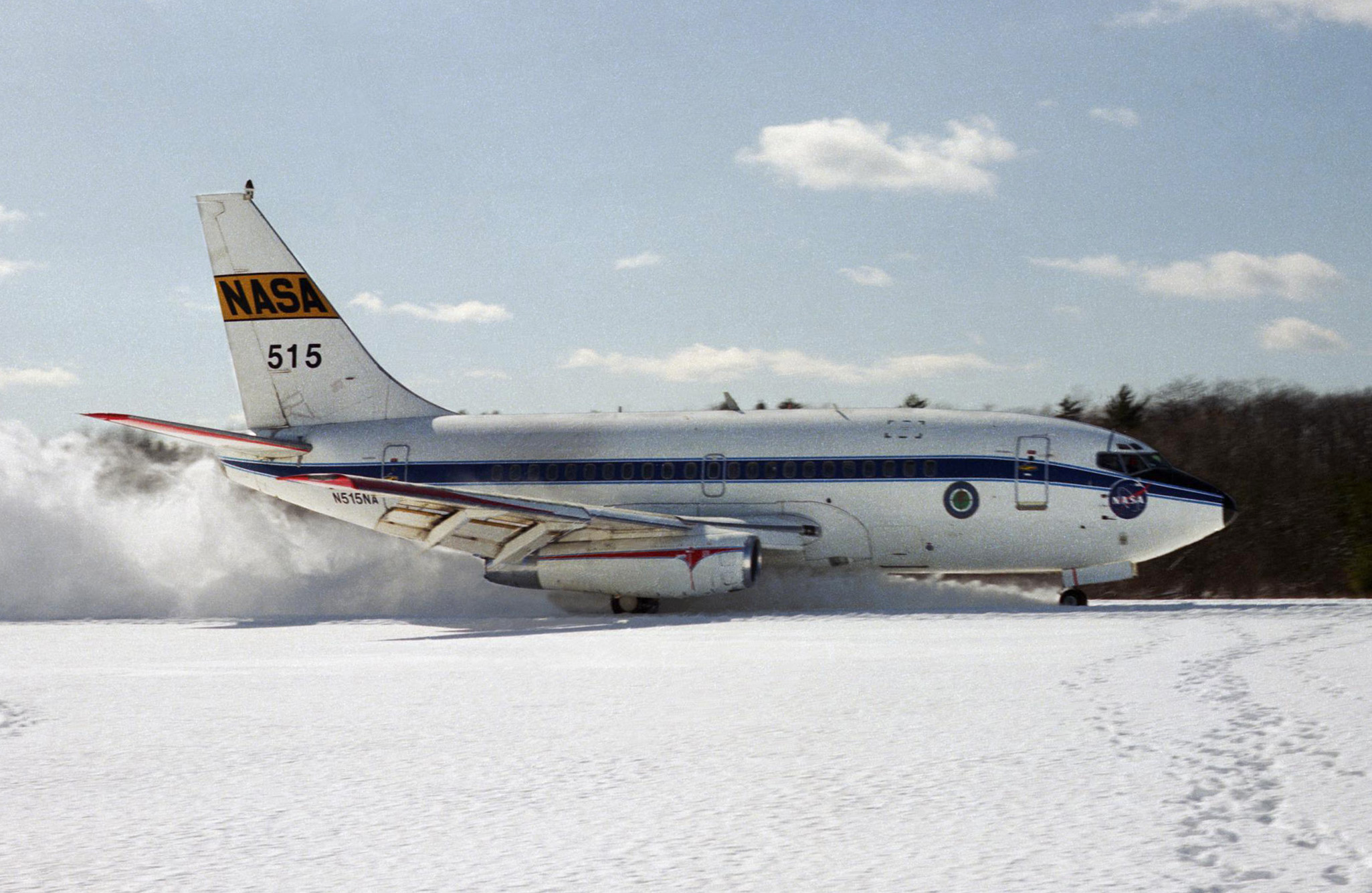

.jpg)
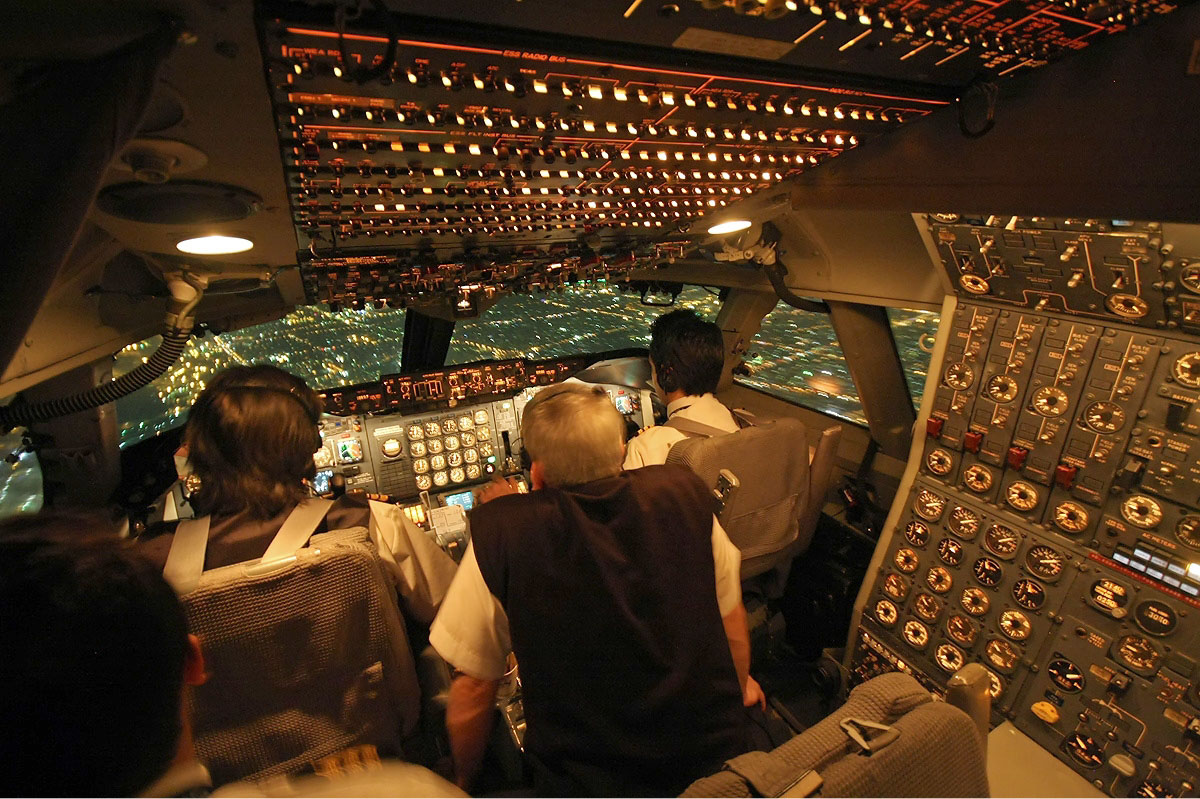
.jpg)

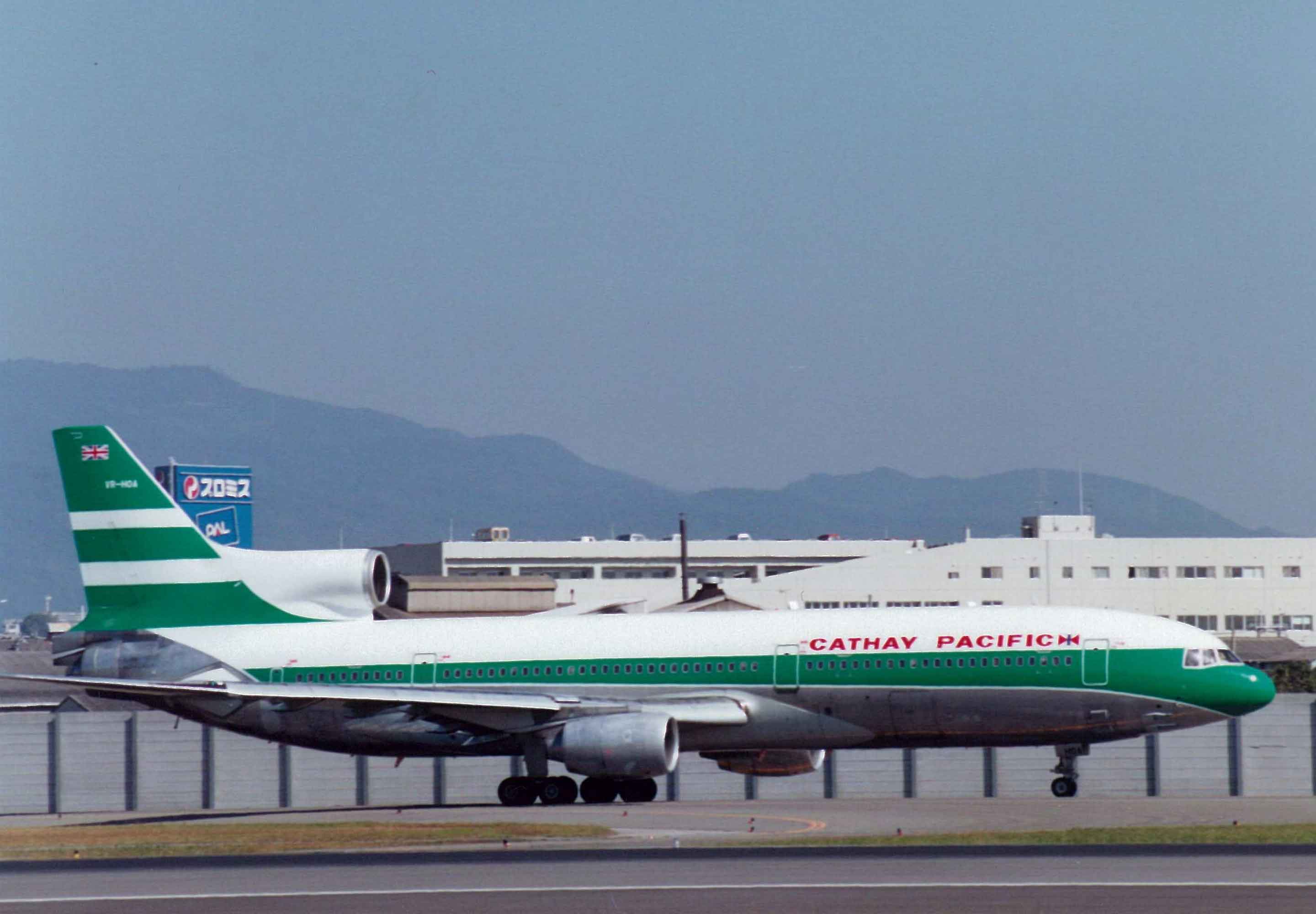



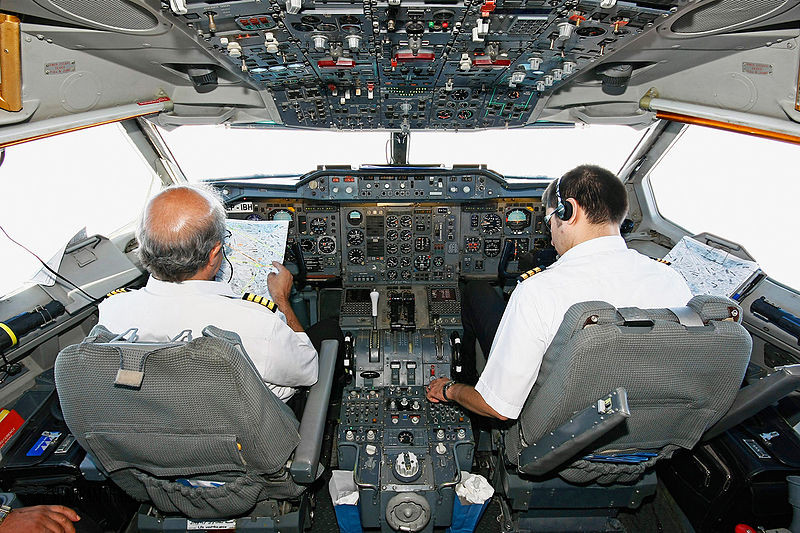

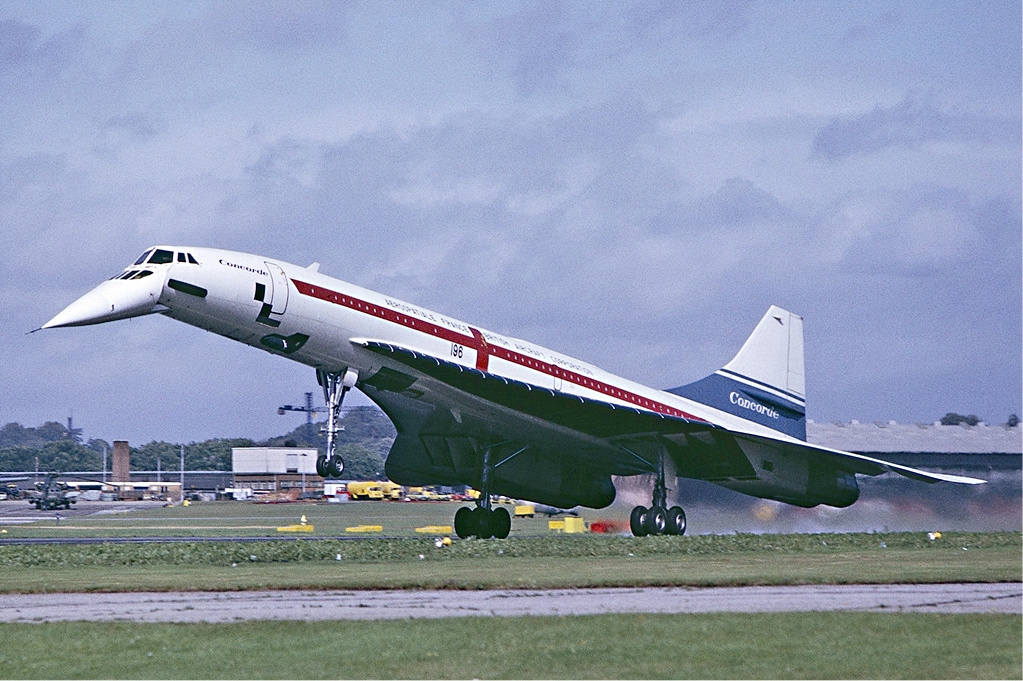




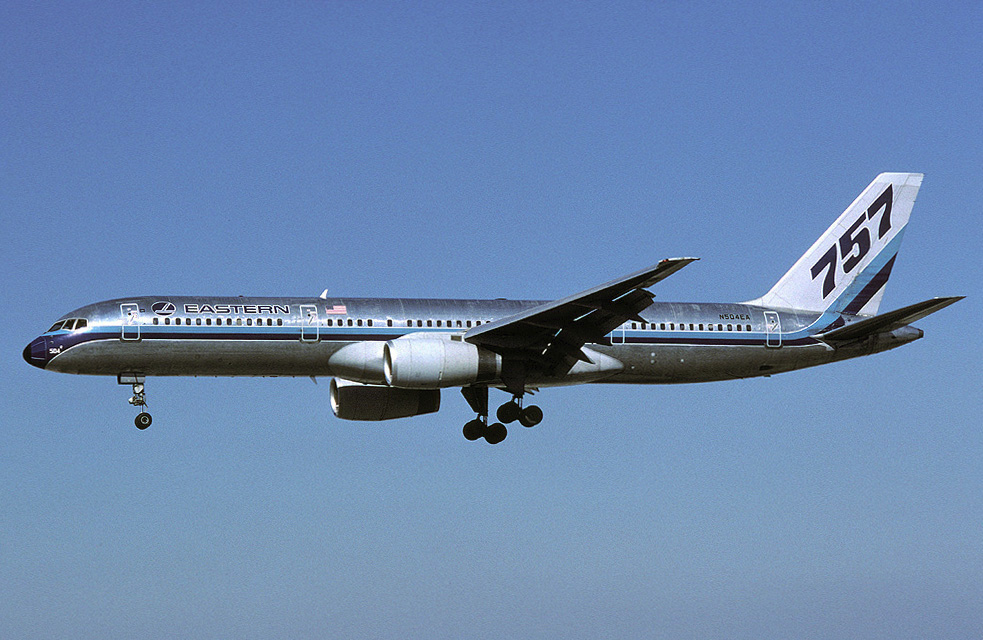

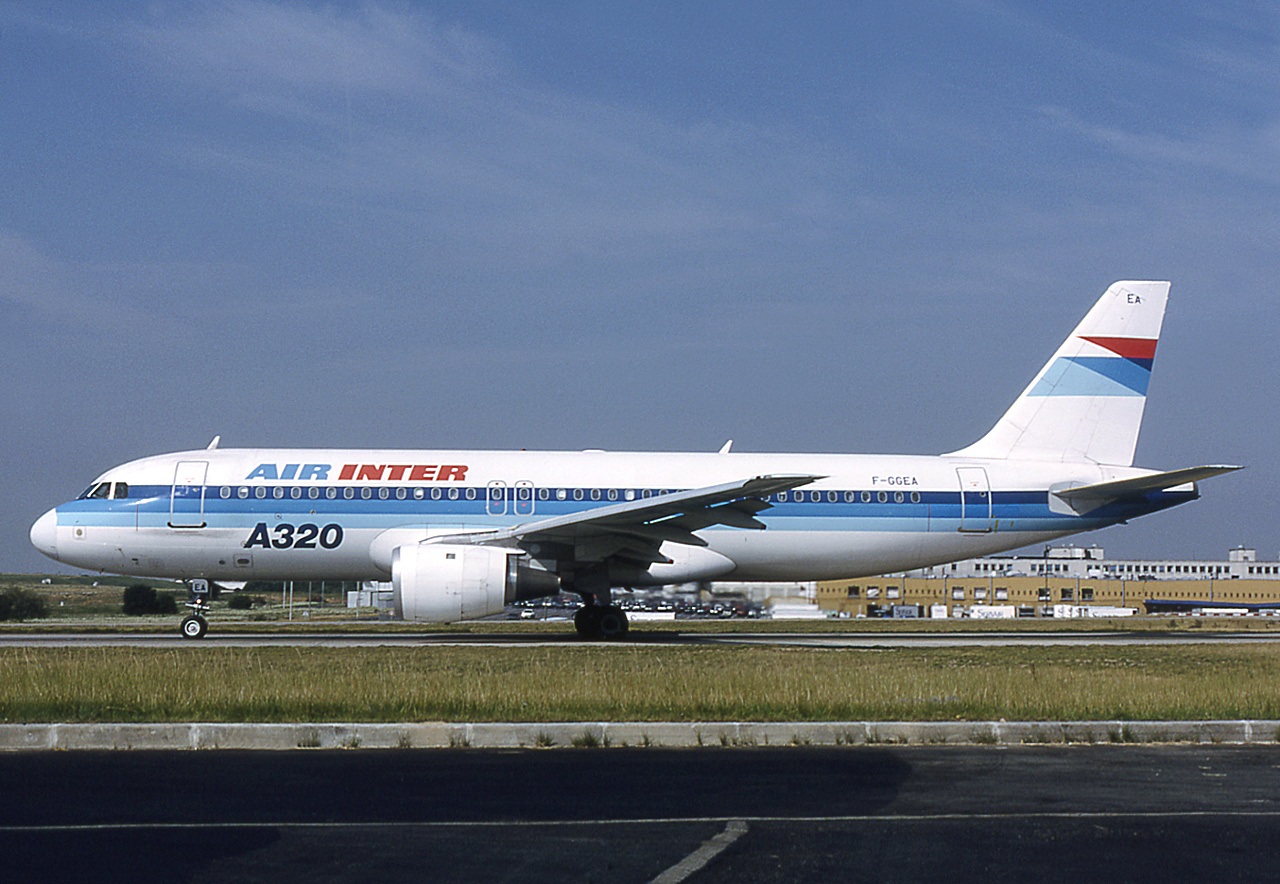
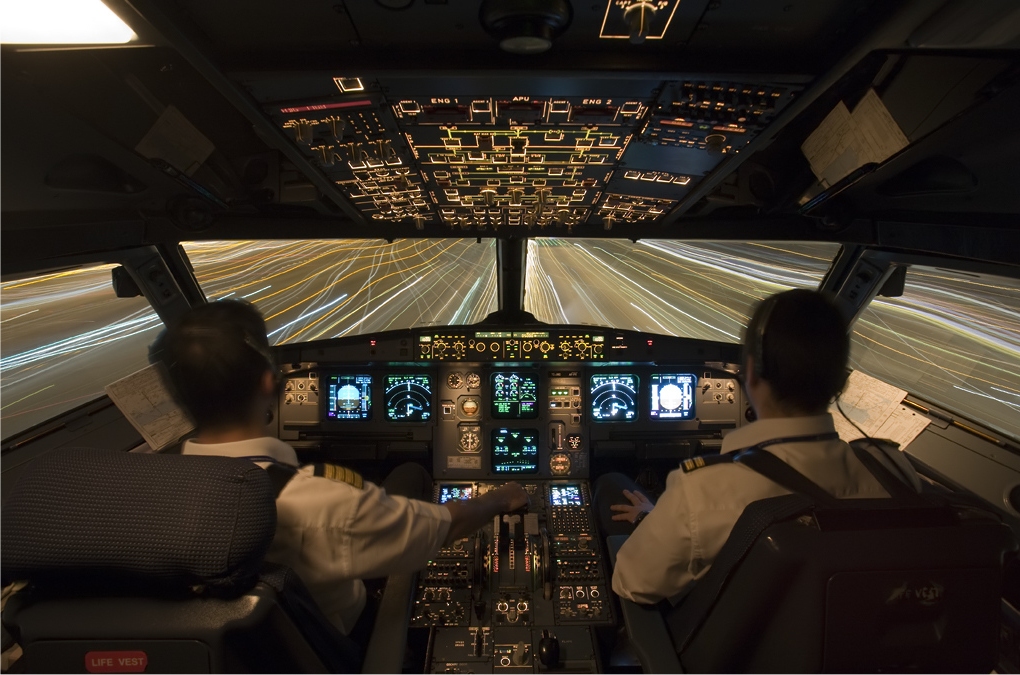







_Air_New_Zealand_(6213656447).jpg)



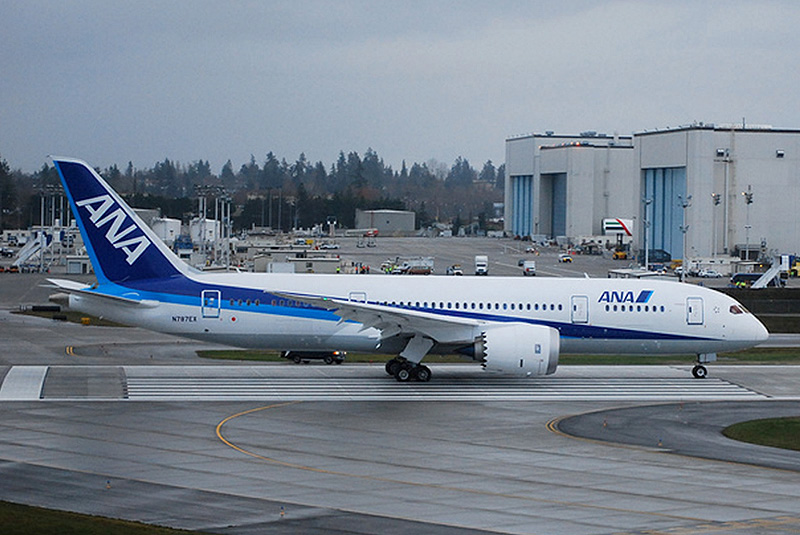

.jpg)

No comments:
Post a Comment